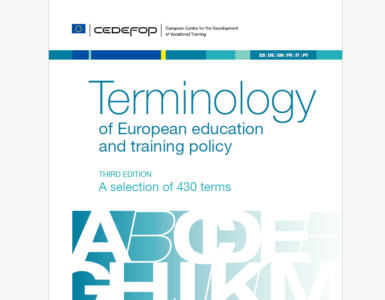Over recent years the Digital Learning Team at the University of Derby have seen several changes in the way academics and students are supported through video assessments. Within the team we have two dedicated Learning Technology Media Advisers, as well as Learning Technologists with specialisms in media, all of whom bring industry video production experience to educational support.
One of the first video assessments we supported was in the Science Communication module all the way back in 2013. Students were tasked with creating a video to relay a scientific idea or concept. To support this, one or two of the team would present a video masterclass in which we would cover all aspects of production, and then storyboard and film a short sequence, editing it in YouTube editor during the session. If students needed equipment, we would lend them a digital camera with a tripod and offer some basic guidance on how to use them. The team would be on hand if students faced any problems up until the assessment due date. This model of support would continue as other academic staff explored video as an alternative to traditional assessment modes.
Over time, the Digital Learning Team developed their educational knowledge, and academic confidence grew in the use of video as an assessment tool as we collectively observed the outcomes of the video assessment process. This has meant the support we offer has gradually evolved into something very different from those early days.
We now rarely do in-class sessions. Most support has moved onto a publicly available website, the Create site which has details on all aspects of media creation. Students will find guidance on video production, and templates for production briefs, storyboards and scripts.
Due to advances in technology, there is no longer a need to lend out camera equipment. The development of mobile device cameras has meant students are confident in the quality that using their own devices offer, and assessments will usually be group projects where at least one member will have a suitable device. Recently we have even seen students with their own drone cameras producing aerial footage as part of their assessed work.
Editing footage was always a tricky proposition for students with few free editing packages available that were not overly complex. Students instead used apps such as iMovie or YouTube editor, however, this led to multiple file types and sizes being submitted which would not always be compatible with submission processes (from USB sticks and YouTube initially, through to institutional systems such as Panopto and Blackboard). We therefore introduced WeVideo, a cloud-based video editing platform, to offer a single solution for editing which has increased academic confidence in the technical aspects of the assessment.
Streamlining the technical processes introduced new considerations, for example, WeVideo has lots of royalty free footage, graphics, and music available, offering an easy way to finesse a production. Our early support discussions will now consider aspects such as the implications for this on creativity and how we ensure students focus on communicating a message or telling a story.
One of the more significant support changes is greater focus on how to grade video assessment, which has been partly led through the development of rubrics as a grading tool. Time that would have been spent discussing technical implications is now used to advise on which elements of the video production itself could be assessed, and how much grading weight is given to this. We will focus on elements such as tone, language and production design and link this back to audience considerations and key messages. This will vary depending on the learning outcomes and the level of study but has led to some interesting in-depth discussion, which also helps to develop individual academics’ knowledge of video production and media literacy. This has also highlighted emerging areas of support such as copyright, inclusivity, accessibility, and sustainability when considering assessment criteria.
Anecdotally, we have seen students become more confident in creating video for assessment as they don’t seem to need as much direct support with the technical side. Academics who may have been nervous about introducing video assessments are often pleasantly surprised to see the creative approaches students take and the technical quality of their submissions. These experiences, combined with a need for students to develop key digital skills such as video creation, have enabled us to develop our support model to collaborate with academics across the complete lifecycle of an assessment, ensuring students aren’t just ‘making a video’ but are developing their skills in communications and storytelling through video as a medium.
Editor’s Note: Rob and his colleague Ian Turner will be joining John Murray from NUIG, Ireland to lead a seminar on “Using Video as a Tool for Assessment” on Wednesday 17 November, find out more and register here.

Author
Rob Higson, Learning Technologist (Curriculum Development) in the Digital Learning Team at the University of Derby, UK














